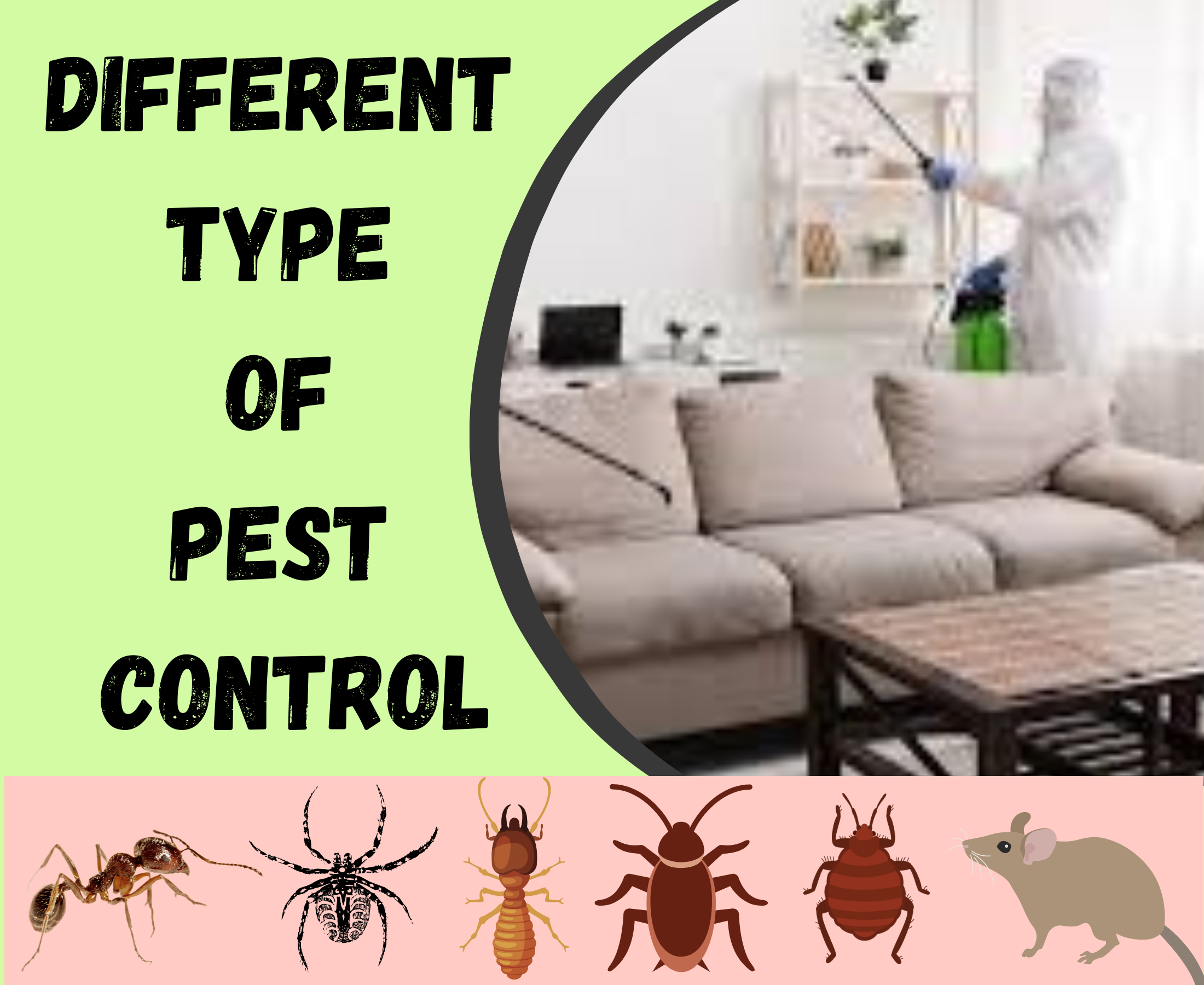Pest Control Things To Know Before You Buy
Pest Control Things To Know Before You Buy
Blog Article
4 Simple Techniques For Pest Control
Table of ContentsNot known Details About Pest Control Some Known Facts About Pest Control.The Basic Principles Of Pest Control Pest Control Can Be Fun For EveryonePest Control Fundamentals Explained
Limitations of Chemical Monitoring Be able to evaluate bug troubles, figure out if management is necessary, and make suitable suggestions utilizing IPM strategies. Recognize with various approaches of bug monitoring - their benefits and limitations. Comprehend the value of advantageous bugs. It is not possibleor also desirableto rid gardens of all insects.This chapter discusses (IPM), a technique that makes use of expertise about parasites and their, methods, nonchemical approaches, and pesticides to take care of insect problems. Extra information regarding IPM for particular plants is consisted of in chapters that concentrate on those plants. Nonchemical pest control measures are stressed in phase 17, "Organic Horticulture." Handling birds and animals is covered in chapter 20, "Wildlife." Handling in the yard and garden is covered in phase 6, "Weeds." Pests in a garden or landscape may include insects and mites, weeds,, mammals, and birds.
Lots of people rush to pull, hoe, or spray every weed they see. Bugs and weeds, however, contribute in the. After growing a garden or establishing a grass, the natural process of plant sequence starts to improve and nonnative plants. A weed expanding in a grass stands for the initial stage in a sequence of events that, if enabled to continue, might at some point cause a woodland.
What we call "bugs" are part of an all-natural system at job. Only humans think about particular varieties bugs when they take place where they are not wanted.
Some Known Incorrect Statements About Pest Control
Insects at risk to a pesticide were swiftly eliminated, leaving resistant ones to reproduce and increase. It ended up being clear that chemicals alone would certainly not resolve all pest issues.
An IPM strategy allows some degree of bugs in the environment. Pests are much less likely to survive a program that makes use of many various methods of minimizing their populations. Integrated pest management was initial recommended by entomologists because pests were the initial group of insects to confirm difficult to handle with chemicals alone.
parasite and host accurately. and think about financial or visual injury. A limit is the point at which action ought to be taken. a therapy approach using mechanical, cultural, organic, or chemical controls, or a combination of these approaches. success of treatments. IPM has actually extended beyond pests to administration of all pest populaces: weeds, disease microorganisms, and mammals.
The Buzz on Pest Control
Management rather than my site removal of insects is the goal. An IPM strategy starts with a cautious evaluation of each pest infestation.
Clover expanding in a yard may be seen as an unwanted weed, yet as a legume it is synthesizing nitrogen for the dirt and the blossoms are providing nectar to honey and various other. Tolerance for some weeds may become part of an IPM plan. might be consuming the fallen leaves of a plant, however when they are determined as the larvae of Eastern tiger swallowtail butterflies, site here their damage might be endured so we can take pleasure in the gorgeous butterfly.

The second most essential tool in insect monitoring is very early treatment. Reacting to issues promptly, before they have time to increase, calls for a less significant intervention.
The Only Guide for Pest Control
Several risk-free, practical, nonchemical techniques of plant protection and pest monitoring may decrease or eliminate the demand to spray. Other methods are most beneficial when used with pesticides. To apply management methods appropriately and to minimize losses, garden enthusiasts ought to recognize the kinds of parasites that attack plants and understand pest biology.

Performing a dirt test and using just the suggested amount of fertilizer and lime makes best use of the benefit to the plant while reducing issues associated with too much use of fertilizer - Pest Control. Treatment the dirt with several inches of mulch shields the plant in several methods: lowering dirt water loss to evaporation, minimizing weed competition, giving nutrients, and producing an ideal setting for earthworms and bacteria that maintain the dirt loosened for roots and damage down natural material to launch nutrients
If mulch touches the trunk, it can create a method for voles, germs, and fungis to strike the plant. Do not use manure or compost that has actually not extensively decomposed as a top dressing since it can motivate unwanted pests. Research recommends that tilling the dirt is damaging to dirt structure.
The Pest Control PDFs
If tilling is regarded needed, consider doing it in the loss when the life process of many parasites brings them near the surface area. At the surface, insects become revealed to the weather along with birds and other all-natural enemies. Fall tilling can likewise damage pests in plant residues. Usage disease-free and insect-free certified seeds and plants if readily available.
Report this page